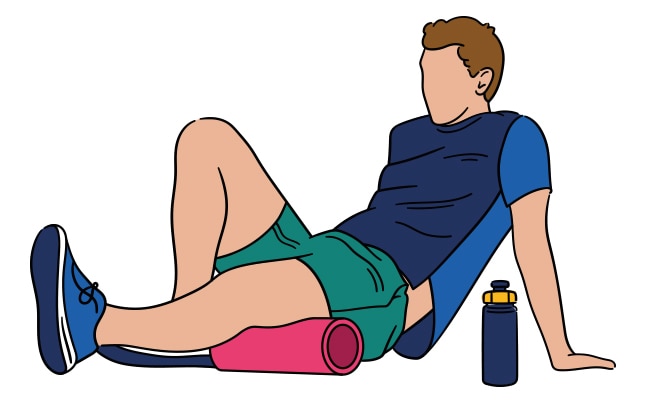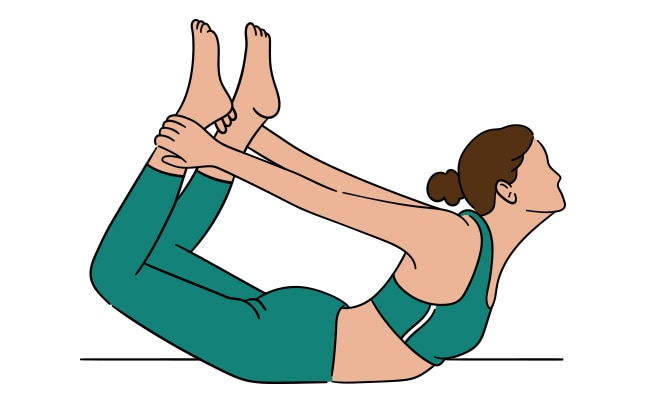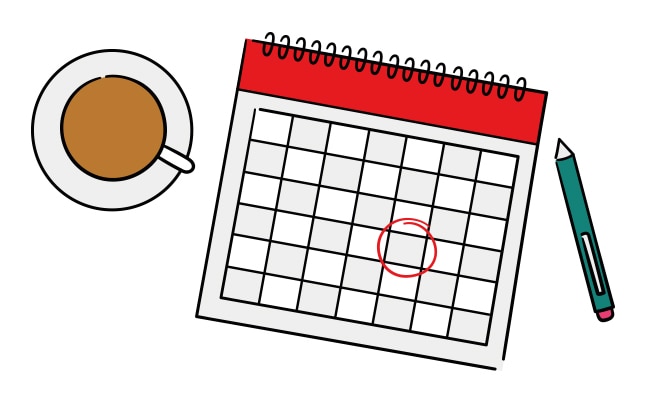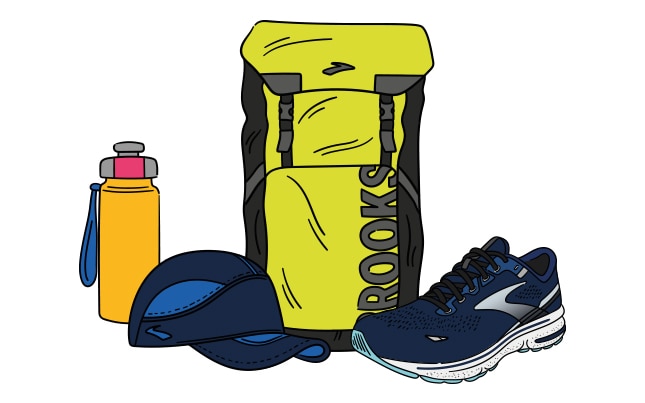Why active recovery is essential to any workout routine

Want to ease sore muscles, reduce your risk of injury, and bounce back faster from intense workouts? Here’s why you should incorporate active recovery into your fitness routine.
For runners—and anyone exercising on the regular—rest matters. You need breaks from intense exercise to repair, recover, and let the body’s natural healing processes do their thing. Without adequate physical and mental rest, you risk injury, fatigue, anxiety, and more.
However, that doesn’t mean you should be glued to the couch on your off days. Unless you’re recovering from an injury or battling exhaustion, incorporating active recovery days into your workout routine can help ensure you’re feeling and performing at your best. Let’s dive into why you should keep moving on your rest days and how you can optimise your downtime with active recovery.

What is active recovery and why is it important?
Active recovery refers to engaging in low-intensity exercises and activities on days following intense workouts. As opposed to a passive rest day, where you’re mostly sedentary, an active recovery day would include dialled-down physical activities like walking, cycling or yoga.
Active recovery is important because it can aid the body’s natural repair processes, accelerating recovery from strenuous exercise, reducing muscle soreness, and minimising the risk of injury. It helps improve your overall fitness by preventing overtraining and ensuring the body remains agile and responsive. Let’s take a closer look at these benefits below.
The benefits of active recovery
From beginners to elite athletes, anyone leading an active lifestyle can benefit from active recovery. No matter your fitness level, here are the benefits you can reap from incorporating active recovery workouts into your routine:
- Alleviates muscle soreness and enhances recovery: Engaging in low-intensity activity can increase blood flow to muscles and tissues. This helps to deliver more oxygen and nutrients to muscles, reducing muscle soreness and promoting faster recovery, so you feel ready for your next intense workout sooner.
- Reduces stiffness: Intense exercise can lead to the build-up of lactic acid and other metabolic waste products in the muscles. Active recovery can help increase circulation, facilitating the removal of these waste products from the muscles more effectively, helping reduce stiffness and inflammation.
- Prevents injury: Gentle movement between workouts helps to keep the joints active and can maintain or even improve mobility. This can help reduce the risk of injury in future workouts.
- Provides a mental break: Engaging in low-intensity activities can give you a respite from more challenging, high-intensity workouts. This can be refreshing and helps to prevent burnout.
- Encourages consistency: For some people, maintaining a daily routine is key to sticking to an exercise programme. Engaging in light activities on "off" days helps to reinforce the habit of daily exercise.
- Improves well-being: Engaging in light activities, especially those outdoors in nature like walking, cycling or a casual jog, can boost your overall mood and well-being.

Types of active recovery workouts
Active recovery workouts are designed to strike a balance between keeping your muscles engaged and promoting rest and recovery. Common active recovery activities include:
- Walking
- Hiking
- Swimming
- Biking
- Yoga
- Stretching
According to the National Academy of Sports Medicine (NASM), the key is to choose a low-intensity activity that keeps your heart rate between 30-60% of its max. If you don’t track your heart rate or know your max, try the talk test. If you can comfortably carry on a conversation during the activity, it's likely the right intensity for active recovery.
For dedicated runners, a relaxed recovery run can help keep the momentum going. You can even do light strength training exercises on rest days to improve your run performance and prevent injuries down the road. However, active recovery is also an opportunity to switch things up and engage in a different kind of activity than your main workouts. Ultimately, it’s about choosing activities that you enjoy and will want to stick with.

Starting an active recovery routine
If you're doing high-intensity workouts (like HIIT, heavy weightlifting or intense running) more than 4 times a week, consider 1-2 active recovery days. If you’re working out moderately 3-5 times a week, one active recovery day might be sufficient. If you're just starting to work out 1-2 times a week, focus more on building a consistent routine first. However, incorporating light active recovery activities on off days can still be beneficial.
Active recovery doesn't need to be lengthy. Even just 20-30 minutes can be effective. However, if you feel good and want to go longer, that's okay too. Keep the intensity low—active recovery is not meant to be strenuous. As previously mentioned, you should be able to hold a steady conversation while performing the activity.
Go at your own pace
As with any workout, it’s essential to listen to your body. An active recovery workout should feel relatively easy, acting as a refreshing break rather than a challenge. If at any point an activity exacerbates pain or heightens fatigue, scale back or try a different activity. If your body signals the need for a complete rest day, honour that feeling. Listen to the signs you need to take a break from running and ease back into it when you’re ready.
Ask an expert: When should I take an active recovery day vs a rest day?
It depends! Feeling some fatigue or a mild headache? Or perhaps you haven’t slept well or experienced an abnormally stressful week at work. Taking an active recovery day could make you feel better. But if you’re feeling ill (fever, significant congestion, coughing, etc.), it would be wise to take a rest day. The same applies to an injury with sharp pain. Exercise is a stress on the body. We never want to prolong the body’s ability to recover.”
Remember, active recovery is about nurturing your body, not pushing its limits. The goal is to return to your main workouts with renewed energy, reduced soreness, and a refreshed mind. Incorporate active recovery in a way that complements your main workouts and aligns with your overall fitness goals.

Gear up for your workouts
Whether you’re heading outside for a walk or bike ride, or staying in to do some stretching and yoga, we’ve got you covered from head to toe. Start with comfy, breathable tops and bottoms for men and women. Next, get the accessories you need to conquer the day ahead, like hats for sun-soaked afternoons and gloves for those chilly recovery runs. Finally, lace up with the Ghost, an all-around performer on the road and in the gym.
Looking for personalised recommendations? Take our shoe finder quiz to find your perfect match or visit a local shop for an expert fitting. Let’s get moving!
Shop this article
This is a carousel. Use next and Previous buttons to navigate.

